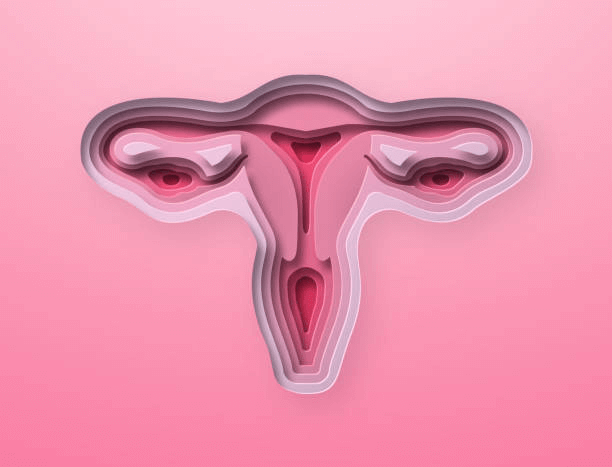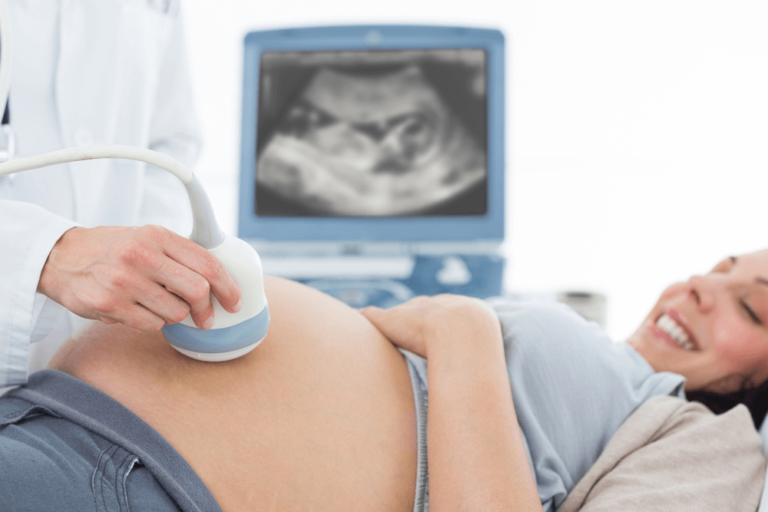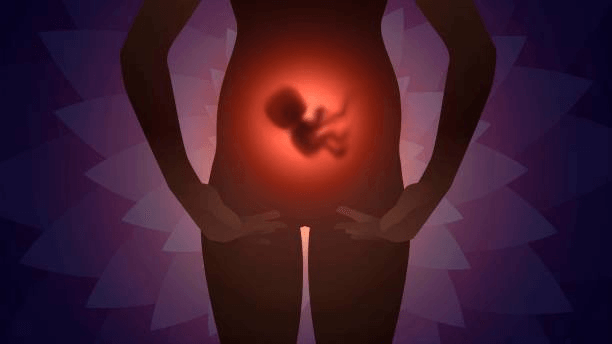The Role of Uterine Health in Preventing Pregnancy Loss

Introduction
A healthy uterus is essential for a successful pregnancy. As the organ responsible for nurturing and supporting a developing fetus, the uterus plays a central role in fertility and pregnancy outcomes. However, uterine health issues can lead to complications, including pregnancy loss. This article explores the connection between uterine health and pregnancy loss, highlighting common conditions, diagnostic tools, and strategies for prevention and treatment.
The Anatomy and Function of the Uterus
Uterine Structure
- The uterus is a pear-shaped organ located in the pelvis.
- It consists of three layers: the endometrium (inner lining), myometrium (muscle layer), and perimetrium (outer layer).
Role in Fertility and Pregnancy
- Implantation: The fertilized egg attaches to the endometrium.
- Fetal Support: Provides nutrients, oxygen, and protection for the developing baby.
- Labor and Delivery: Contracts to facilitate childbirth.
How Uterine Health Impacts Pregnancy
The uterus must be structurally sound and function optimally to support pregnancy. Conditions affecting the uterus can:
- Hinder implantation of the fertilized egg.
- Disrupt fetal growth or development.
- Trigger preterm labor or miscarriage.
Common Uterine Issues Linked to Pregnancy Loss
1. Fibroids
- Benign tumors that develop in the uterus.
- Can cause miscarriage by distorting the uterine cavity or interfering with implantation.
2. Polyps
- Growths in the uterine lining that may prevent proper implantation.
3. Uterine Scarring
- Adhesions caused by infections, surgeries, or conditions like Asherman’s Syndrome.
4. Structural Abnormalities
- Congenital conditions such as a septate uterus or bicornuate uterus.
Diagnosing Uterine Health Problems
- Ultrasound: Identifies fibroids, polyps, and structural abnormalities.
- Hysteroscopy: Directly examines the uterine cavity using a small camera.
- MRI: Provides detailed images of the uterus and surrounding tissues.
- Biopsy: Tests the endometrium for abnormalities or infections.
Fibroids and Pregnancy
Types of Fibroids
- Submucosal: Located inside the uterine cavity and most likely to impact pregnancy.
- Intramural: Found within the uterine wall.
- Subserosal: Grow on the outer surface of the uterus.
Management Options
- Medication: Hormonal treatments to shrink fibroids.
- Surgery: Myomectomy to remove fibroids while preserving fertility.
Endometriosis and Pregnancy Loss
What Is Endometriosis?
- A condition where tissue similar to the uterine lining grows outside the uterus.
How It Affects Pregnancy
- Can cause inflammation and scarring, disrupting implantation and fetal development.
Treatment Options
- Hormonal therapies, surgery, or assisted reproductive technologies like IVF.
The Impact of Uterine Scarring
Causes of Scarring
- Previous surgeries like D&C (dilation and curettage).
- Pelvic infections or severe endometriosis.
Diagnosis and Treatment
- Diagnosed via hysteroscopy.
- Treated with surgical removal of adhesions and hormonal therapy to rebuild the uterine lining.
Congenital Uterine Abnormalities
Types
- Septate Uterus: A fibrous band divides the uterine cavity.
- Bicornuate Uterus: Two uterine cavities instead of one.
- Unicornuate Uterus: Only one side of the uterus develops.
Impact on Pregnancy
- Increased risk of miscarriage, preterm birth, and fetal growth restrictions.
Lifestyle Choices to Promote Uterine Health
- Diet:
- Include foods rich in antioxidants (berries, nuts) and omega-3s (salmon, flaxseeds).
- Stay hydrated and avoid processed foods.
- Exercise:
- Moderate activities like yoga and walking improve blood flow to the uterus.
- Stress Management:
- Practices like meditation can lower stress hormones that may negatively affect uterine health.
For more tips on maintaining a healthy lifestyle, read this guide on food aversions and appetite changes during pregnancy.
Medical Interventions for Uterine Health
Surgeries
- Myomectomy: Removes fibroids.
- Hysteroscopic Surgery: Treats polyps, adhesions, and structural abnormalities.
Hormonal Treatments
- Used to regulate cycles, promote uterine lining growth, or shrink fibroids.
Assisted Reproductive Technologies (ART):
- Options like IVF can bypass certain uterine issues.
The Role of Regular Prenatal Care
Early and consistent prenatal care ensures:
- Monitoring for uterine abnormalities.
- Early detection and management of complications.
For a comprehensive guide on surviving the first trimester, explore this First-Trimester Survival Guide.
The Psychological Impact of Uterine-Related Pregnancy Loss
Coping Mechanisms
- Seek therapy or counseling to address grief and anxiety.
- Join support groups for parents experiencing similar challenges.
FAQs About Uterine Health and Pregnancy Loss
1. Can fibroids cause miscarriage?
Yes, particularly submucosal fibroids that distort the uterine cavity.
2. Is surgery always necessary for uterine abnormalities?
Not always; treatment depends on the severity and its impact on fertility.
3. How can I improve my uterine health naturally?
Adopt a balanced diet, exercise regularly, and avoid smoking and alcohol.
4. Are congenital uterine abnormalities treatable?
Yes, many can be corrected with minimally invasive surgery.
5. Can uterine scarring be reversed?
Yes, procedures like hysteroscopic surgery can remove adhesions and restore function.
Conclusion
The health of the uterus plays a critical role in preventing pregnancy loss and ensuring a successful pregnancy. Advances in diagnostic tools, surgical techniques, and personalized treatments offer hope for families facing uterine-related challenges. By prioritizing uterine health through regular care, a healthy lifestyle, and timely medical interventions, many parents can achieve their dream of a healthy pregnancy.






